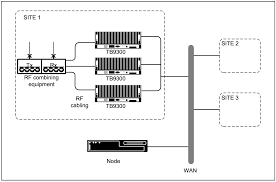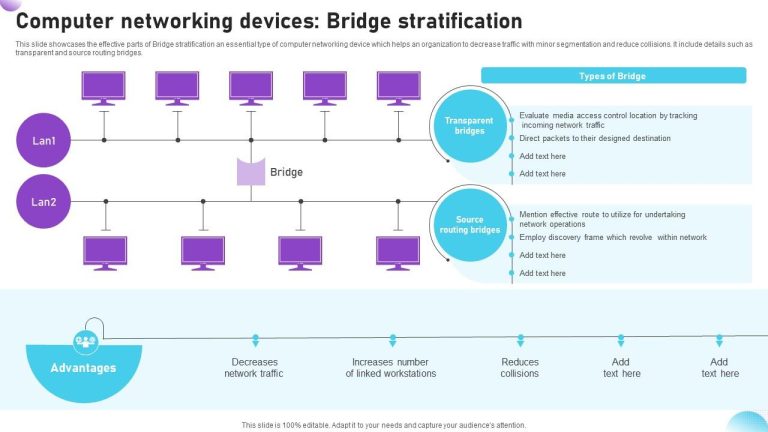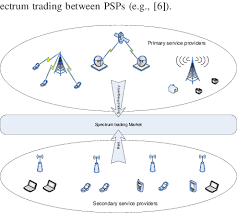5G vs. 4G: Breaking Down the Key Differences
telcomatraining.com – With the rapid evolution of mobile technology, 5G has emerged as the next big advancement, promising faster speeds, lower latency, and enhanced connectivity. However, how does it compare to 4G? This article explores the key differences between 5G and 4G, helping you understand why 5G is a game-changer in the world of wireless communication.
1. Speed and Performance
One of the most significant advantages of 5G over 4G is speed. While 4G networks offer download speeds of up to 100 Mbps, 5G can theoretically reach speeds of 10 Gbps. This means that downloading a high-definition movie that takes minutes on 4G can be done in seconds with 5G. This drastic improvement in speed enables seamless streaming, ultra-fast downloads, and better real-time experiences in applications like gaming and video conferencing.
2. Latency: Instantaneous Responsiveness
Latency refers to the time it takes for data to travel from one point to another. In 4G networks, latency typically ranges between 30 to 50 milliseconds. In contrast, 5G reduces this delay to as low as 1 millisecond. This near-instantaneous responsiveness is crucial for applications like autonomous vehicles, remote surgery, and real-time gaming, where even a slight delay can have significant consequences.
3. Network Capacity and Efficiency
Another critical difference is network capacity. 4G networks struggle with congestion, especially in densely populated areas. 5G, however, is designed to support a massive number of connected devices simultaneously, making it more efficient for handling the growing demand for IoT (Internet of Things) devices, smart cities, and industrial automation. This means fewer dropped connections and smoother performance even in crowded environments.
4. Frequency Bands and Coverage
5G operates on a broader range of frequencies compared to 4G. While 4G primarily uses frequencies below 6 GHz, 5G utilizes both sub-6 GHz and millimeter-wave (mmWave) frequencies, which offer higher speeds and lower latency. However, mmWave signals have a shorter range and are more susceptible to obstacles like buildings and weather conditions. As a result, 5G requires a more extensive network of small cells and infrastructure to provide seamless coverage.
5. Energy Efficiency and Sustainability
5G is designed to be more energy-efficient than 4G, reducing power consumption while improving performance. This efficiency benefits not only mobile devices by extending battery life but also network operators by lowering operational costs. Moreover, with improved resource allocation, 5G helps reduce the overall carbon footprint of telecommunications networks, supporting global sustainability efforts.
6. Real-World Applications and Future Impact
While 4G revolutionized mobile browsing, video streaming, and social media, 5G is set to drive innovation across multiple industries. Some of the key applications of 5G include:
- Autonomous Vehicles: Enabling real-time communication between vehicles and infrastructure to improve road safety.
- Healthcare: Facilitating remote surgeries and real-time patient monitoring with ultra-low latency.
- Smart Cities: Enhancing urban planning, traffic management, and public services through better connectivity.
- Industrial Automation: Powering smart factories with AI-driven robotics and real-time analytics.
Conclusion
The transition from 4G to 5G marks a new era in wireless communication, bringing unprecedented speed, lower latency, and improved network efficiency. While 4G remains widely used, 5G’s capabilities open doors for revolutionary applications in various industries. As infrastructure continues to develop, 5G will redefine how we connect, work, and live in a highly digitalized world.
As businesses and consumers prepare for the 5G revolution, understanding these key differences will help in making informed decisions about adopting this cutting-edge technology. The future of connectivity is here, and 5G is leading the way.







